Barcelona has bucked the almost irresistible trend to let an external agency design a ‘smart city,’ and instead has done it itself. The result is an open source software suite called Sentillo and already it has been adopted by two other Spanish cities. The design relies almost entirely on the range of Waspmote sensors from Libelium…

|
Scooped by
Judy Curtis / SIPR
onto Smart Cities & The Internet of Things (IoT) November 28, 2014 11:25 AM
|




 Your new post is loading...
Your new post is loading...





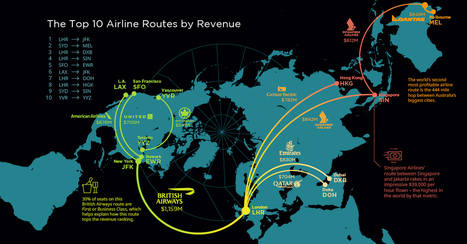


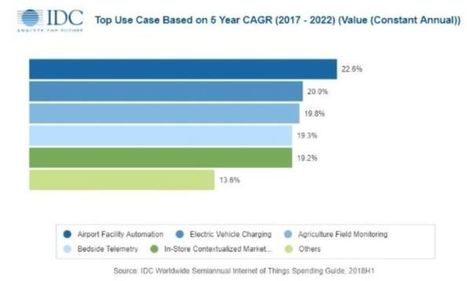











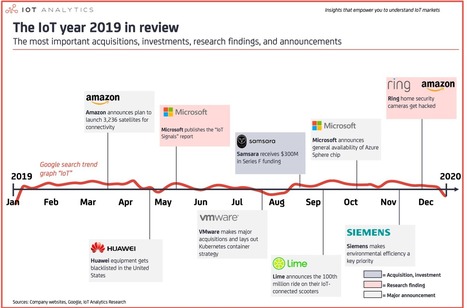
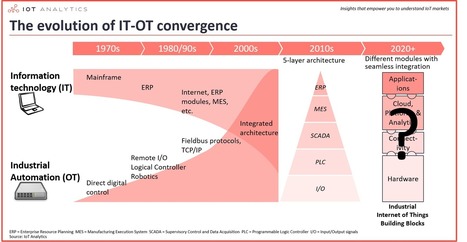

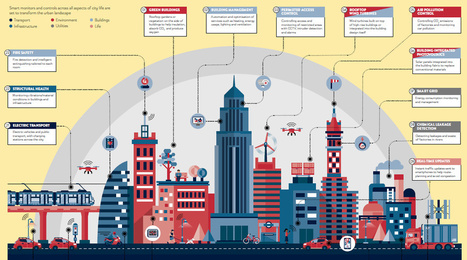


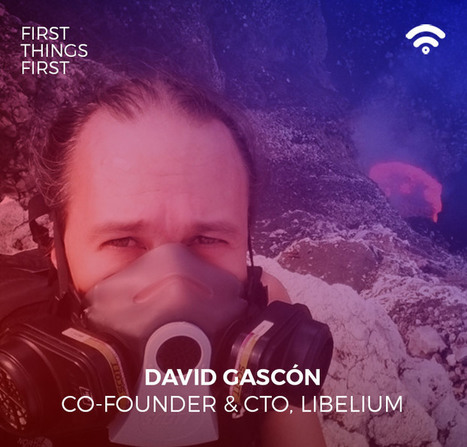











Libelium has recently unveiled a raft of new products including upgrades to the Waspmote sensor platform, which is essentially a micro controller and an antenna to which users can attach any of 70 sensors to.
Sentilo claims to be the first smart city platform developed by a municipality and the Barcelona City Council designed Sentilo to monitor noise and air pollution, starting out in a large public square in the city.
In terms of the system architecture, the Libelium Waspmotes transmit the data they collect back to the Sentilo platform via ZigBee and 802.15.4 in 868MHz and 900MHz, as well as using Wi-Fi, BLE and 3G/GPRS. The data is backhauled by the Meshlium hub, which can be linked to Sentilo by Ethernet, WiFi or 3G/GPRS.
The Meshlium gateway stores the collated data locally in case it loses its connection with the cloud software. It is driven by Power over Ethernet, which can be delivered from an AC power line, DC battery or solar panel, or even a car cigarette lighter plug. The gateway uses an Atheros AR5213A IEEE 802.11b/g or 802.11 a/b/g chipset and runs an open source Linux OS called the Manager Meshlium System.
‘The main goal of the Sentilo platform is to make it easy for cities to integrate data from different sensors and facilitate Smart City deployments,’ said Jordi Cirera, Sentilo’s project manager for Barcelona City Council. ‘With Sentilo and Libelium’s products working together in an open, interoperable sensor infrastructure, new opportunities are now open to any city that does not wish to pay the price of closed, proprietary solutions.’